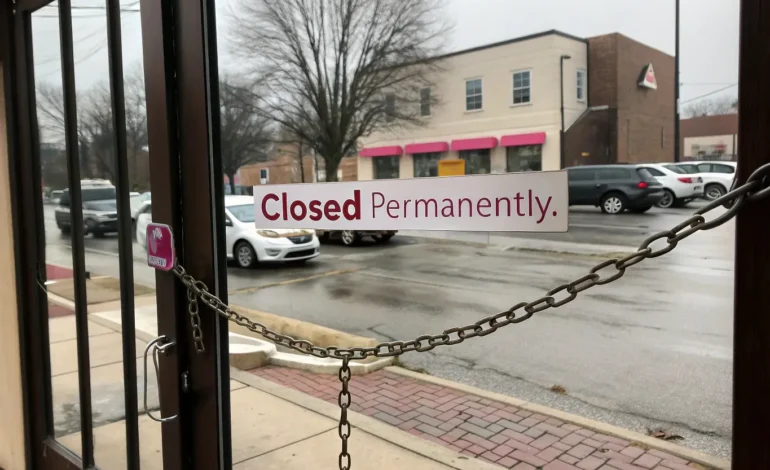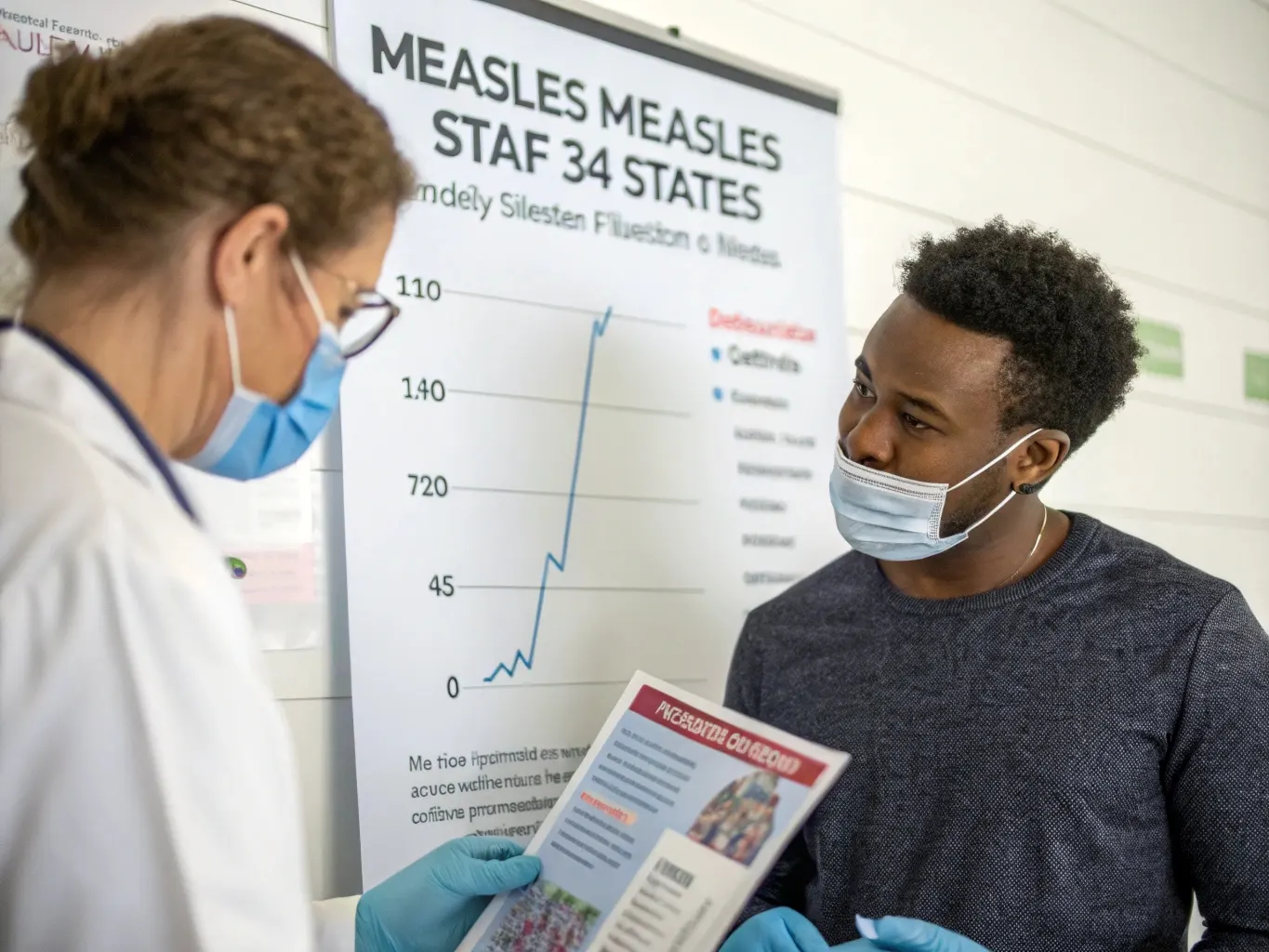Silent Crisis: Why Abortion Clinics Are Closing Across Legal States and What It Means for Women’s Healthcare
Abortion clinics are closing in states where abortion remains legal, forcing women to seek alternatives. Explore options, political influences, and future prospects.

Since the Supreme Court’s landmark 2022 decision overturning Roe v. Wade, the United States has witnessed a seismic shift in reproductive healthcare. While much attention has focused on states that have outright banned abortion, a quieter, equally alarming trend has emerged: abortion clinics are closing at an unprecedented rate, even in states where abortion remains legal. This paradox—legal abortion, but fewer clinics—is reshaping access to reproductive services and raising urgent questions about the future of women’s healthcare nationwide.
According to recent data, over 100 abortion clinics have shuttered across the country since mid-2022, with many closures occurring in states that have explicitly protected abortion rights by law. This crisis is not just about legality but about real-world access—and for many women, access is slipping away.
Why Are Clinics Closing When Abortion Is Still Legal?
Clinic closures in legal states stem from a complex web of financial, logistical, and political pressures:
- Financial Strain: Many abortion providers operate on tight margins, often relying on donations and public funding to cover costs. Since the Dobbs decision, clinics have faced increased operational expenses, including heightened security measures to protect staff and patients from harassment or violence. This has forced many clinics to cut back on staff or close entirely.
- Decreased Patient Volume: Some clinics have seen declines in the number of abortions performed as misinformation and fear discourage patients. Others have lost out to neighboring states with stricter requirements or bans, causing confusion about where care is available.
- Regulatory Burdens: Even in abortion-protective states, strict regulations—such as mandatory waiting periods, multiple in-person visits, or hospital admitting privileges—raise costs and complicate clinic operations.
- Staffing Challenges: Recruiting and retaining medical professionals willing to provide abortion care has become increasingly difficult due to stigma, harassment, and legal uncertainties.
- Political Climate and Harassment: Clinics and providers frequently face protests, threats, and violence. The increasing hostility discourages investment and creates unsafe working environments.
What Options Do Women Have Now?
With clinics closing, many women are turning to alternative options, each with its own challenges:
- Telehealth Abortion Pills: The availability of medication abortions via telemedicine has grown, allowing women to receive abortion pills by mail in states where this is legal. This method is safe and effective but still limited by state laws and internet access.
- Traveling to Other States: Some women travel to states with more accessible abortion services. However, this can be costly, time-consuming, and emotionally taxing, especially for those with limited resources.
- Self-Managed Abortions: Some turn to self-managed abortions using online-sourced pills without medical supervision, which can be risky if not done correctly.
- Birth and Parenting: When abortion access is out of reach, women may carry pregnancies to term, which can have profound economic, health, and social impacts.
Is This a Win for the Religious Agenda?
From my perspective as a reporter who has spoken with many women and advocates, the widespread closure of abortion clinics—even in states where abortion remains legal—appears to be a quiet but powerful victory for the religious and political groups opposed to abortion. These groups have long pushed for policies and cultural shifts to restrict access through legal, financial, and social means.
While the courts and state governments may proclaim abortion “legal,” the reality is that limited clinic availability effectively restricts reproductive rights in practice. This slow erosion of access aligns with a broader religious agenda that seeks to limit abortion beyond formal bans.
What Could Change With a New President?
Looking ahead, the political landscape plays a crucial role. If a new administration committed to protecting reproductive rights takes office, we could see:
- Federal Protections: Legislation that codifies abortion rights nationwide, preventing states from banning or unduly restricting abortion.
- Increased Funding: Expanded federal funding for abortion providers and clinics, helping them stay open and accessible.
- Telehealth Expansion: Federal support for broader telemedicine abortion access across state lines.
However, these changes face steep opposition, and progress will depend on congressional control, Supreme Court decisions, and grassroots activism.
Until then, many women remain caught in a patchwork system where access depends heavily on geography, finances, and politics—not their legal rights.
Why This Matters
The closure of abortion clinics in states where abortion is legal represents a silent but profound healthcare crisis. It threatens not only the right to choose but also the broader fabric of women’s health services. Without sustained attention and action, these closures risk deepening health disparities and undermining reproductive autonomy.
For every clinic that closes, a woman loses access to more than just abortion—it’s a loss of dignity, autonomy, and control over her own body and future.






